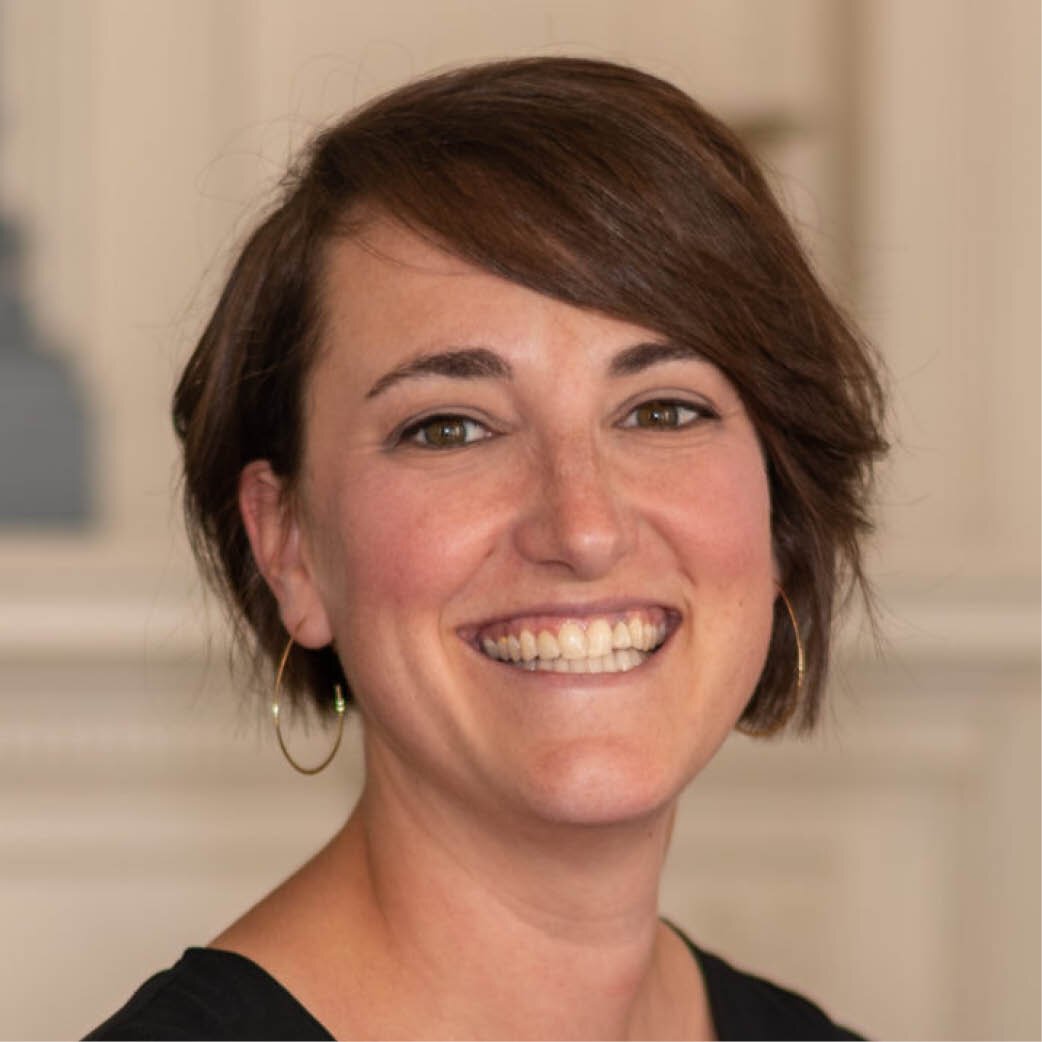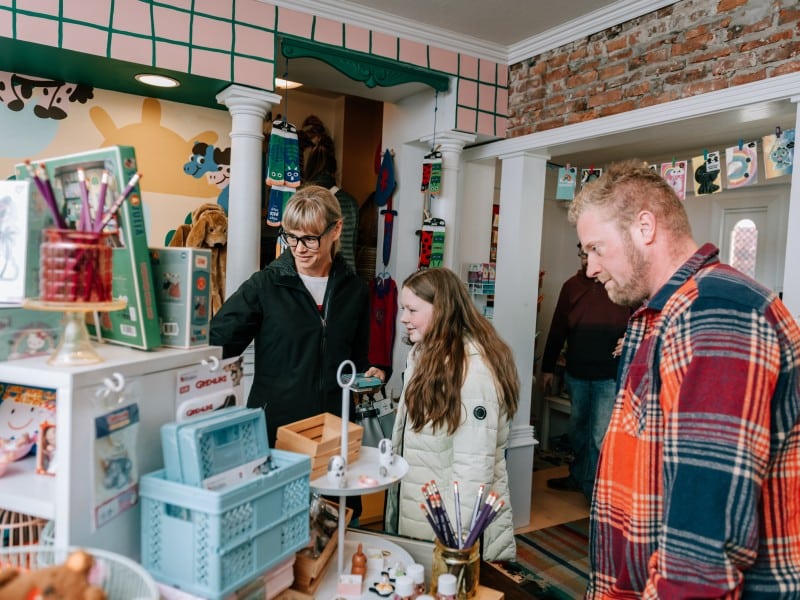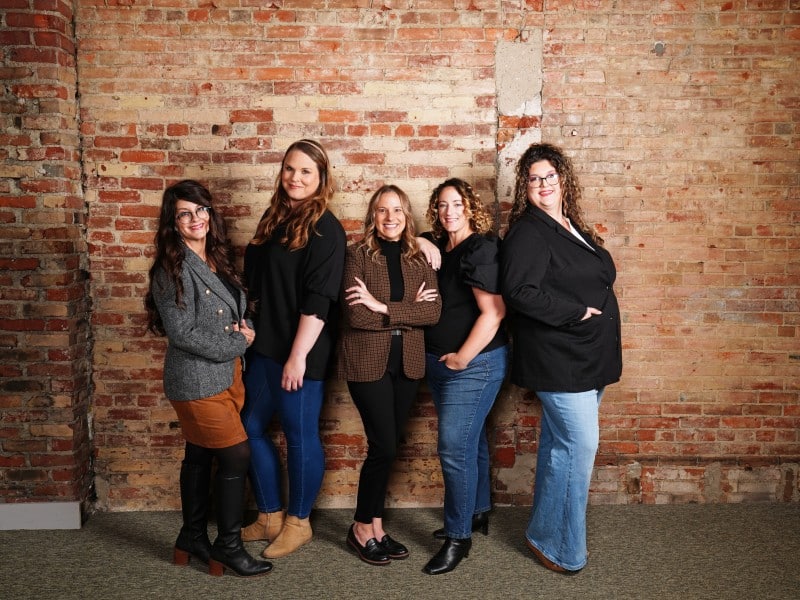Risk

I’ve never been a particularly risky person. Not in the traditional sense anyways. I’ve never ridden the Magnum at Cedar Pointe, I hate snorkeling after seeing a barracuda while in the Keys, and you’ll never catch me sky diving. Ever.

However, while I might not take traditional risks, my personal drive to take action — despite fear I may have — leads me to do many things that many others wouldn’t.
Someone recently told me that they could never do what I do. “I could never get people to give money. To ask people for money, like you do. I will never have that skill. That’s a whole new level of bravery.” I’ve never thought about it like that before. Brave. As if fundraising is on par with being a firefighter or miner. I don’t consider it a risk when I call people and talk to them, or even, heaven forbid, talk about money because —
It’s about relationships. And it’s about trust.
Risk is defined as a situation involving exposure to danger. There are two key elements to risk: the probability of an incident and the incident’s impact.
So when I talk to someone about his or her philanthropy or about money, the talk is the incident. How the donor reacts is the impact of the incident. However, I can mitigate my risk in having these types of conversation by building relationships and establishing trust. The approach that I can use to help my risk mitigation is things like asking good questions, listening and being vulnerable enough to share my own personal stories when appropriate. Along with assessing my risk, however, at the end of the day, I also have to take action. People ultimately need to be asked. Action is what creates the impact.
So, risk doesn’t look so much like risk when you’ve set yourself up for success.
I find myself often frustrated with our community at our unwillingness to take risk. Or maybe it’s not our collective desire to take risk, but our inaction to make it happen. To pull the trigger. I understand that parts of this unwillingness have been shaped by our history.
I read somewhere once that at one time, Fort Wayne was considered a Silicon Valley of the Midwest. Fort Wayne has this enticing history of innovation, thoughtfulness, creativity, and risk. Clearly this city had gumption to want to be the best. It attracted innovators from across the country to relocate, to make this city stronger. When many of the big companies, like Harvester, left in the mid to late 20th century, Fort Wayne really kind of fell into what I would liken to be a sort of depression. Wolf & Dessauer, which at that point was L.S. Ayres, closed its retail location, and downtown became boarded up. White flight was a real thing, and the suburbs exploded with expansion. Fear became so rampant you could taste it. I remember, as a kid, April Tinsley’s kidnapping near her home, followed by a string of other child kidnappings that made us all stay close to home. The horrific murder of the Osborne family disturbed the near downtown ‘suburbs’ along with several other incidents in the Eighties, and Fort Wayne became a dark, difficult place to be. There was real fear that Fort Wayne wasn’t safe anymore. It became dangerous (or so we were told). I imagine that many other cities have had to go through similar experiences throughout their existence. And it took the city thirty years to start to get its growth back. To want to move toward that innovation.
The result of risk might be failure. But the real result of risk is innovation.
How do we make this happen? How do we push ourselves, as a collective, out of comfort, through fear to ultimate greatness? What does it look like to take risk as a city?
1. It looks like putting people who are not from the establishment in positions of power.
It takes risk to share power with people who don’t look like you, and even more so, people who don’t think like you. It takes risk to allow people who don’t share your same values or who live different lifestyles to the tables where decisions are made. Because it means that you might not have all the answers or that your values and beliefs may be challenged.
Who is the establishment?
The establishment looks like the majority culture of those who are in power. In Fort Wayne, they are almost always white. They are upper class. They are usually male. And most are above the age of 50.
What are positions of power?
These positions are held by people who populate our government and elected positions. They lead our major economic development institutions. They populate most of our nonprofit and private sector boards of directors. They are the individuals who, when you ask an executive director, “Who are the people you would like on your board?” They will all almost inadvertently answer the same three people. And if they don’t, it’s because one of those three has already served on their board. We reuse members of the establishment like plastic Tupperware. And I don’t mean this disparagingly. Some Tupperware, like good, seasoned, board members, will continue to help you for years. But just because something has been around a long time, doesn’t mean you should keep it forever.
People who are part of the establishment are not bad.
I acknowledge that I am already on the fringe of being the establishment. Just by being asked to write this essay. And so is everyone else who has been asked to be part of this group. By being considered a “leader,” your identity becomes wrapped up in the establishment, and that stings a little bit because my ego tells me that I don’t want to be part of the establishment. I still want to do things against the grain. But at some point, I have to let my community be bigger than my ego.
What’s the risk if we don’t?
The risk is losing talent. The risk is living in a vacuum of thought and ideas. Of not having innovation. Of thinking that the best new idea out there is building more capital, rather than an innovation that will help our city’s people. Which leads me to…
2. Risk looks like investing more in your people than your places.
As the former President and CEO of Neighborhood Centers, Inc. in Houston, Texas, Angela Blanchard has a made a living focused on people through her career in redevelopment. She has a couple of great talks on YouTube, but the one that has impacted me the most was a panel discussion she was part of for Kresge Foundation in 2016 on ‘Inequality in America’s Cities.’[1] Two thirds of the way through, the panelists begin discussing what it means to be a “hot city” and what Angela has to say about it I continue to go back to:
“What we really have to look at is ‘what is a great city?’ Is it a fine collection of fancy public transportation options? Is it a wonderful collection of museums and architecture and the latest and greatest of innovation and laboratories? Or is a city in fact a place where a person can come with opportunity and investment, grow and become something greater than they started in life? So this, in my mind, a city is about the people and when you make the place more precious than the people, you get a very hot city … any time you start figuring out how we might redevelop a city but not invest in the people then you’re going to end up in the same dead end. Because ultimately it’s about the people.”
What’s the risk?
The risk is never advancing your city and providing equity for all people. The risk is not meeting the true needs of all of your citizens. It’s the people in your city who design infrastructure, who develop solutions for philanthropy and who nurture entrepreneurial ecosystems. It’s the people and all of their differences that make a city unique and creates its personality that then draws others to it. However, you have to listen to those people. You have to put what those people suggest into action. Support people first. As Ms. Blanchard says: “We go where we’re invited, we do what we are asked to do by the people living in the neighborhood. So if you’re building anything, you’re building on the aspirations of the people in that neighborhood. That’s sustainable. That gives life and energy.”
3. It looks like turning awareness into action.
Earlier I referenced that along with assessing my risk in fundraising, I also have to take action. That action is what creates the impact.
How do we as a community move through our inaction? According to Psychology Today: Fear is an obvious cause of inaction. Fear of failure, fear of being different or out-of-step, fear of rejection or even fear of success.[2]
I only have one keychain on my set of keys and it’s a gold metal circle, imprinted with the words “Fear is a Liar.” I have to consistently remind myself that fear is just the emotion that I have attached to any given situation. And if I’ve assessed and mitigated as much risk as possible, then I have to push through fear to the impact on the other side.
To make the greatest impact, we have to take action in large and small ways. Sometimes, the risk will be to focus on a project for our community that isn’t big and bold and sexy. Those things that we take action on might not be physical infrastructure. They may not even be things we will see the results of in our lifetime. They may look like changing policies.
And this kind of action, this kind of work, is hard.
This kind of work takes years. It takes patience. It takes resilience. And it takes really listening and bringing others along with you for the ride. However, in order to take action and make impact within a community you have to push through fear, which leads me to…
4. Risk looks like being okay with failure.
No one likes to fail. However, to innovate means you cannot be afraid to fail. And Fort Wayne has a fairly recent history of making sure that failure is off the table by using failure as a threat. In the mid-00’s, the idea of moving the Wizard’s ballpark downtown became one of the most hot-button topics for our community. The majority of the city was against the project; however, the Mayor and the champions for the project at that time pushed forward. By sheer will, determination and hard work, they made one of the best minor league baseball stadiums in the country and spurred instant revitalization for Downtown Fort Wayne. Eleven years later, you would be hard pressed to find anyone who does not love that ballpark and the feelings it evokes.
But at the time — people threw the “F” word around as a threat to the community. And thank goodness that those people who made Parkview Field happen acknowledged the risk of taking six city blocks in the center of downtown and turning it into a baseball stadium, and not only that, but they strove to make something that is best in class.
Currently, Fort Wayne enjoys being comfortably good. Donations often love to be “last dollars in” — just in case it doesn’t work out. Leadership loves to say — “well, I’ll join in if ….” But what if there were no conditions and precursors to success? Risk is inherently that. A risk that you might fail. However, that’s how we learn. It’s how we grow. And that’s how this city becomes a place that attracts others who also want to take risks. And learn. And grow beyond good, to being something brilliant.
What’s at stake, Fort Wayne, if you don’t start to take more risks? We risk being left behind. I believe that this city is on the edge of greatness. Our net migration numbers each year continue in the positive trend. We are beginning to have conversations about diversity, equity and inclusion and supporting our community’s entrepreneurs. After years of discussion, we are tentatively moving forward on projects such as Electric Works that is designed to celebrate innovation alongside history. Each of these things moves us toward greatness. But none of them come without risk.
With great risk can come great reward.
This essay is part of a citizen-led book project in Fort Wayne called FORTHCOMING: Considering the Future State of Our City. To learn more and read additional essays, visit the Foreword and Preface.
Alison Gerardot is the Chief Impact Officer at the Community Foundation of Greater Fort Wayne and has been at the Foundation in various roles since February 2017. She is responsible for developing and implementing strategies for growth and the Community Foundation’s vision for the county and helping elevate philanthropy throughout the community. In 2020, Alison Gerardot helped to launch the first Women’s Fund of Greater Fort Wayne held at the Community Foundation. Alison has her BA in English from IPFW and her Certificate in Fundraising Management from the IU School of Philanthropy. Alison has an extensive nonprofit background, through social work, arts nonprofit administration and education and came to the Community Foundation after serving as the Director of Programming and Events for Riverfront Fort Wayne. Through her work at Riverfront, she had the honor of producing community impacting events such as the “Faces of the Fort” community art project and Middle Waves Music Festival. In 2016, she was honored as a Greater Fort Wayne Business Weekly “Forty Under 40” recipient and in 2019 became a Leadership Fort Wayne graduate. In 2020, Alison was named one of Fort Wayne Magazine’s “People of the Year” for her work in establishing the Women’s Fund. Alison currently volunteers on the board of Project Ballet, the Downtown Improvement District and helps at her children’s school. Alison currently lives in Fort Wayne with her wonderful husband, two kids, and adorable dog Theo! She loves visiting the farmer’s market on Saturday morning during the summers and spending the rest of her free time with friends and family.










